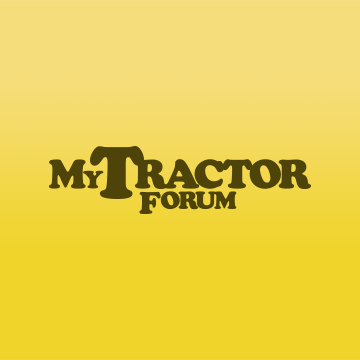Have been out of the hobby for awhile and have a fairly large collection of engines some of which are only DC and I run DCC. I have the DC engines because it was cheaper to buy them then convert them to DCC.
Anyway, I have forgotten some of the basics like how to tell the difference between a DC engine and a DCC engine without taking them apart. Is there a way I can test my engines to establish which form they are, DC or DCC?
I am going to take a stab in the dark and say that a DC engine wont run on a DCC track, which sems obvious; however if trying that, will it hurt the engine? Simply put, will trying to run a DC engine on a DCC system hurt the DC engine? And, is there a better/safer way to establish if an engine is DC or DCC and no, I don't have a lot of the boxes they came in anymore
Anyway, I have forgotten some of the basics like how to tell the difference between a DC engine and a DCC engine without taking them apart. Is there a way I can test my engines to establish which form they are, DC or DCC?
I am going to take a stab in the dark and say that a DC engine wont run on a DCC track, which sems obvious; however if trying that, will it hurt the engine? Simply put, will trying to run a DC engine on a DCC system hurt the DC engine? And, is there a better/safer way to establish if an engine is DC or DCC and no, I don't have a lot of the boxes they came in anymore




